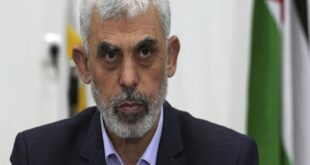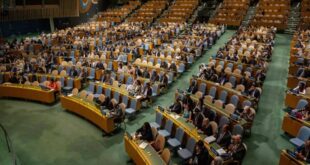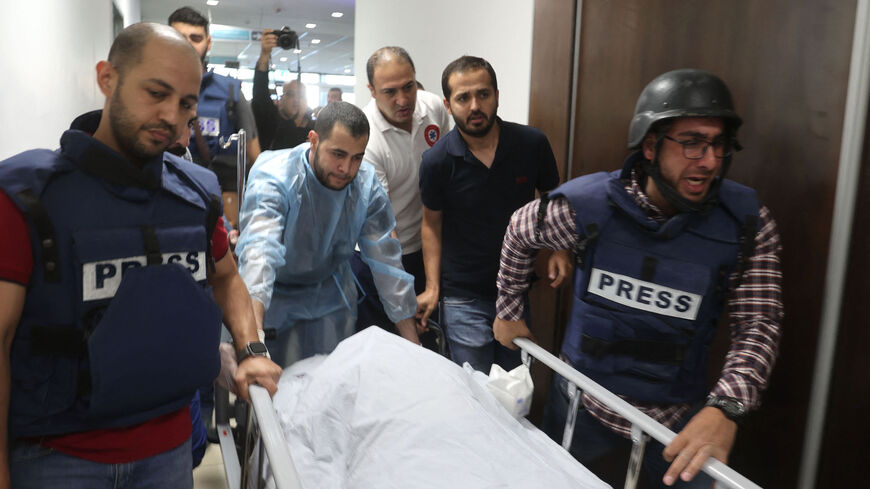
The Palestinian territories are overcome with grief following the death of 51-year-old Al Jazeera correspondent Shireen Abu Akleh, who was shot dead in the West Bank city of Jenin on the morning of May 11.
Palestinians across the world expressed their sadness over the killing of Abu Akleh, whose funeral procession Wednesday went through Jenin, Nablus and Ramallah. A state funeral will be held today, May 12, in the Ramallah with Palestinian Authority President Mahmoud Abbas in attendance. She will be buried on May 13 in her hometown of Jerusalem.
Abu Akleh was shot in the head while on her way to cover the Israeli army’s raid of the Jenin camp.
She was accompanied by a group of journalists, including Al Jazeera producer Ali al-Samudi, who was shot in the back and is currently receiving treatment in hospital, journalists Shatha Hanaysha and Mujahid al-Saadi, among other photographers.
In an interview with Al-Monitor, Samudi said that at 6 a.m. of May 11, the Israeli army stormed the Jenin camp and surrounded the house of Abdullah al-Hosari, who was killed during another Israeli raid in the camp on March 1.
Upon learning of the operation, he called Abu Akleh and asked her to get ready to cover the events in the camp. He went there by himself to secure a safe place for the crew, he told Al-Monitor.
Samudi added, “As soon as Shireen arrived at the site, we parked the vehicles in a safe place, put on our helmets and protective vests and walked onto a street near the camp, where there were Israeli army vehicles. We stopped at the camp entrance for a few minutes to announce our presence in the area so that the Israeli army could see us.”
The journalists with Shireen Abu Akleh when she was shot described it as among the worst experiences of their lives.
“A few minutes later, we walked 20 meters into the street. This was when the first bullet was fired at us, but no one was hurt. Then I told Shireen that they were targeting us and that we had to go back, and as soon as I turned around to return, I was hit in the back. Then Shireen started screaming ‘Ali is injured’ as I started running toward the street to get to a car to take me to the hospital,” he said.
Samudi was hit by a bullet in the back. He suffered severe bleeding that medical staff managed to control and expects to remain hospitalized for a few days.
Journalist Hanaysha described an experience that was probably the toughest in her life, as she was with Abu Akleh at the moment she was hit. Despite being so near her, she was unable to check on her because of the ongoing shooting.
“What we were exposed to in the Jenin refugee camp as journalists was direct targeting on the part of the Israeli army, considering that we were in an exposed area where army vehicles could see us. We were wearing the press uniform including protective jackets and helmets, in a quiet spot away from fighting,” Hanaysha told Al-Monitor.
Hanaysha added, “We took sniper fire. Shireen was shot dead by a bullet below her ear. Still the shooting continued, and I took refuge behind a tree trunk. They kept shooting to prevent the young men from saving us.”
Minutes after the shooting began and despite the continuing heavy fire, camp resident Sherif al-Azab managed to drag the two journalists from the scene and to a vehicle that would take them to the hospital, as seen in video captured by other camp residents.
In the video, Abu Akleh can be seen lying face down, motionless, next to Hanaysha, who was shot at each time she tried reach Abu Akleh to ascertain how badly injured she was.
The Israeli authorities initially suggested that Abu Akleh may have been shot by Palestinian gunmen and later announced a probe into the incident, asking the PA for a joint investigation.
The Israeli human rights organization B’Tselem published an aerial photo of Jenin camp as well as video from the scene of the incident. The photo shows the location of Palestinian gunmen at the time. The site where Abu Akleh was killed outside the camp borders, with several buildings between the two, making the IDF’s claimed trajectory unfeasible.
The initial findings of Abu Akleh’s autopsy, which was performed on the afternoon of May 11 in the Forensic Medicine Institute of An-Najah University in Nablus, read that the reporter was hit by a bullet that “caused extensive cerebral lacerations and skull fractures. » Examiners reported in a press conference, « The weapon used was of high caliber. A distorted projectile has been seized and is currently being studied.” The round that struck Abu Akleh was determined to have been fired from an M-16 rifle, which is used by both sides in the conflict.
The final autopsy report has yet to be issued.
On the evening of May 11, the Haaretz newspaper reported on the Israeli army’s investigation, which found that during the operation the soldiers fired a few dozen bullets northward, where Abu Akleh and the press crews were standing.
Abu Akleh was part of the first generation of field correspondents for Al Jazeera. She joined the channel one year into its operation. Many Palestinians regard the slain journalist as a press icon for her 25 years of experience at Al Jazeera and her coverage of unforgettable events such as the Al-Aqsa intifada in 2000 and Operation Defensive Shield in 2002.
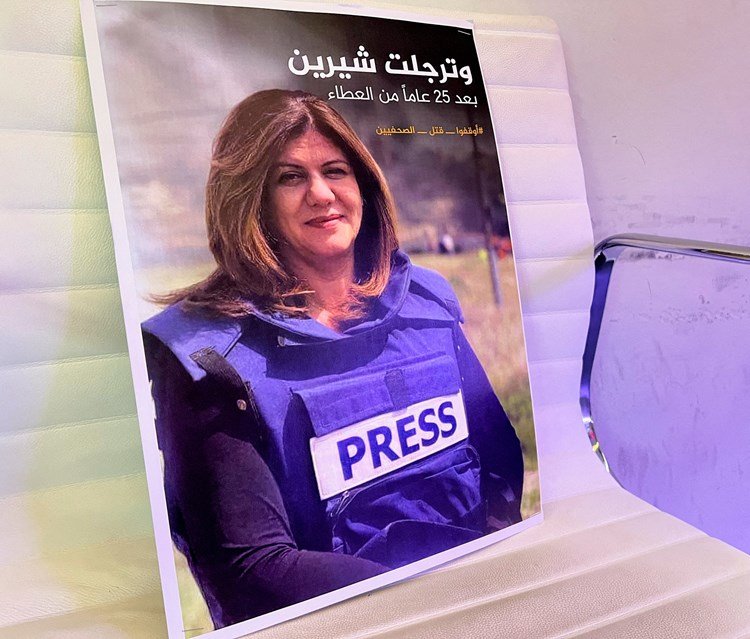
By Ahmad Melhem + al-monitor.com

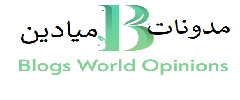


 World Opinions Débats De Société, Questions, Opinions et Tribunes.. La Voix Des Sans-Voix | Alternative Média
World Opinions Débats De Société, Questions, Opinions et Tribunes.. La Voix Des Sans-Voix | Alternative Média

